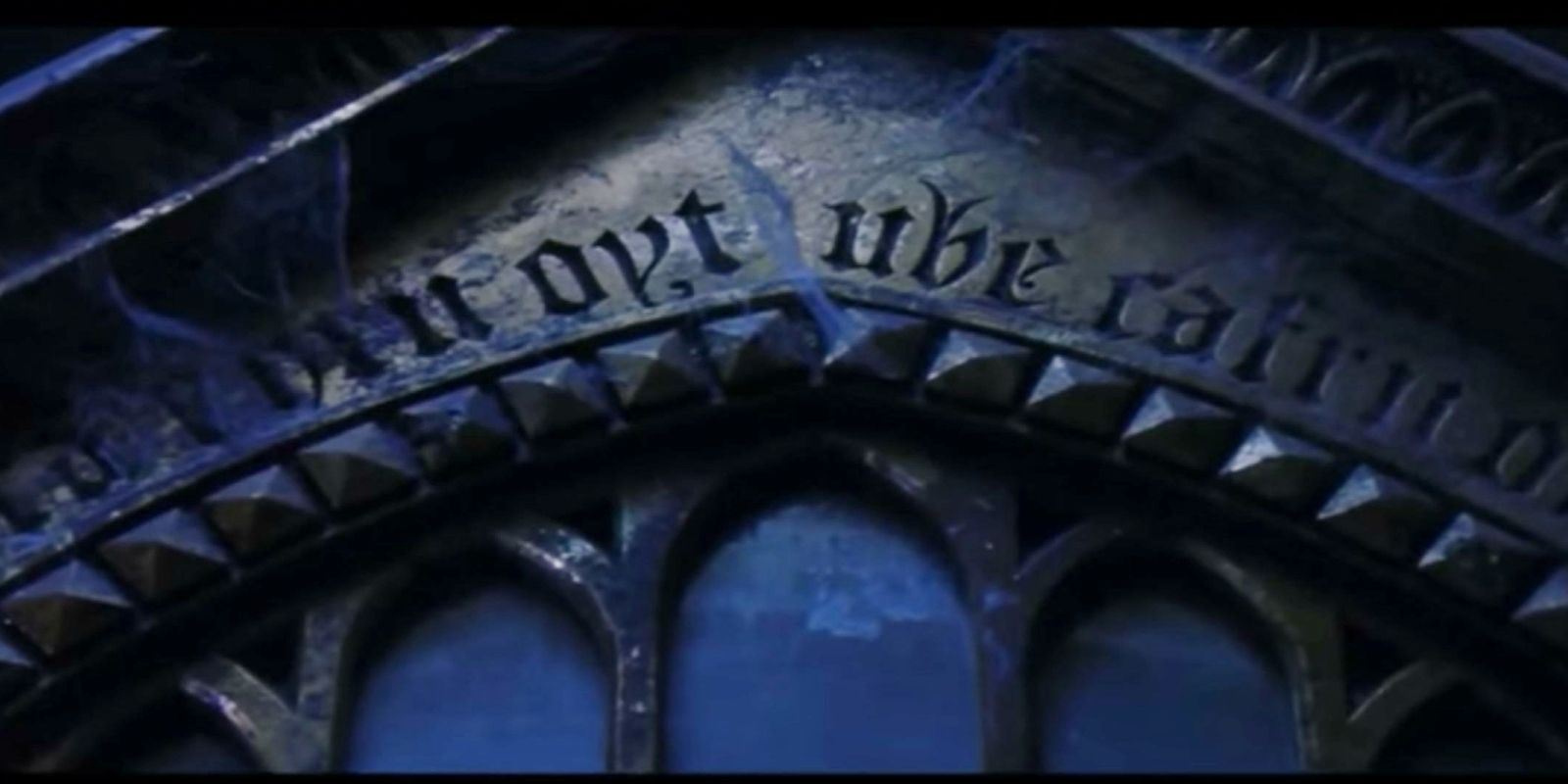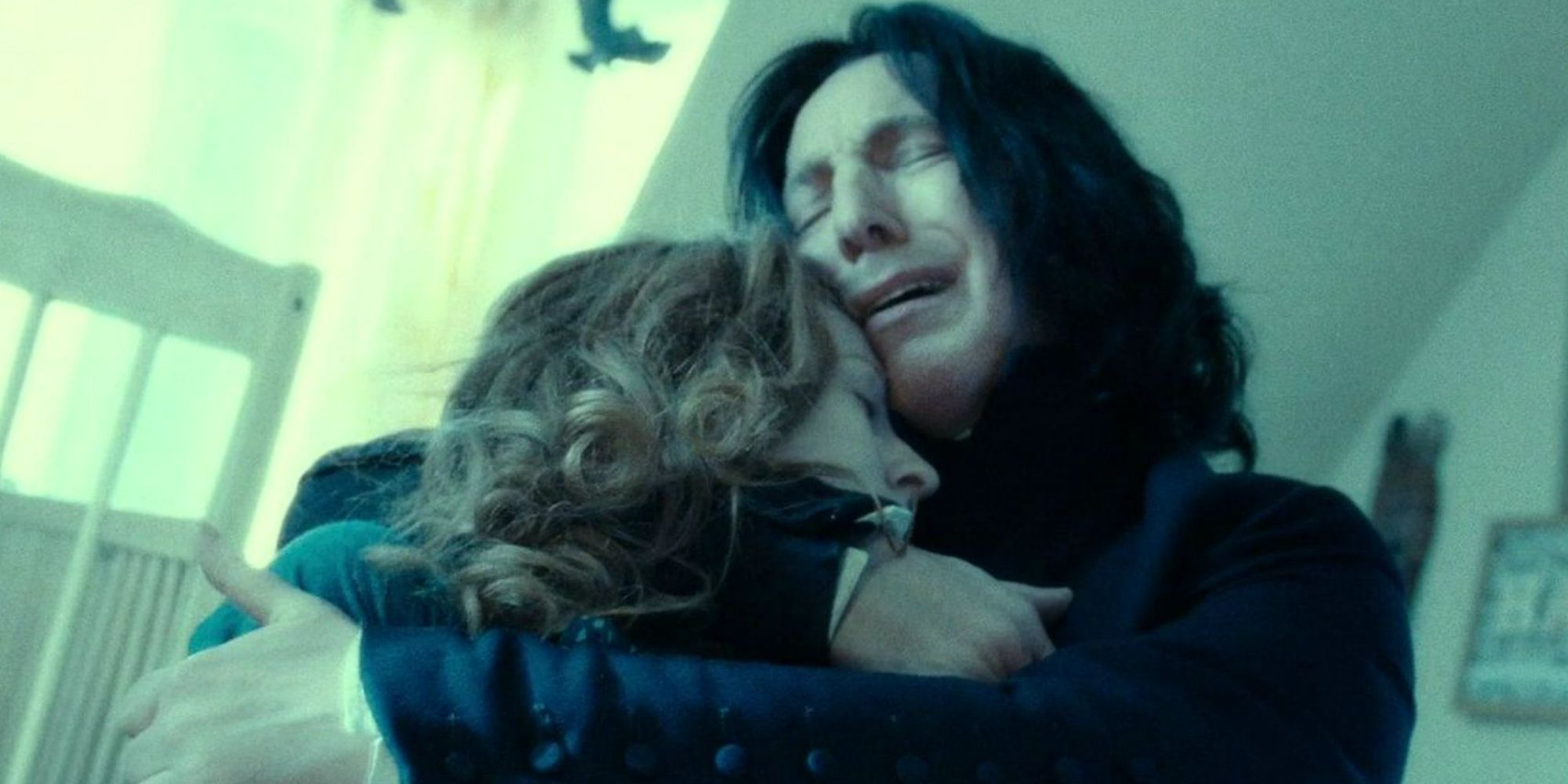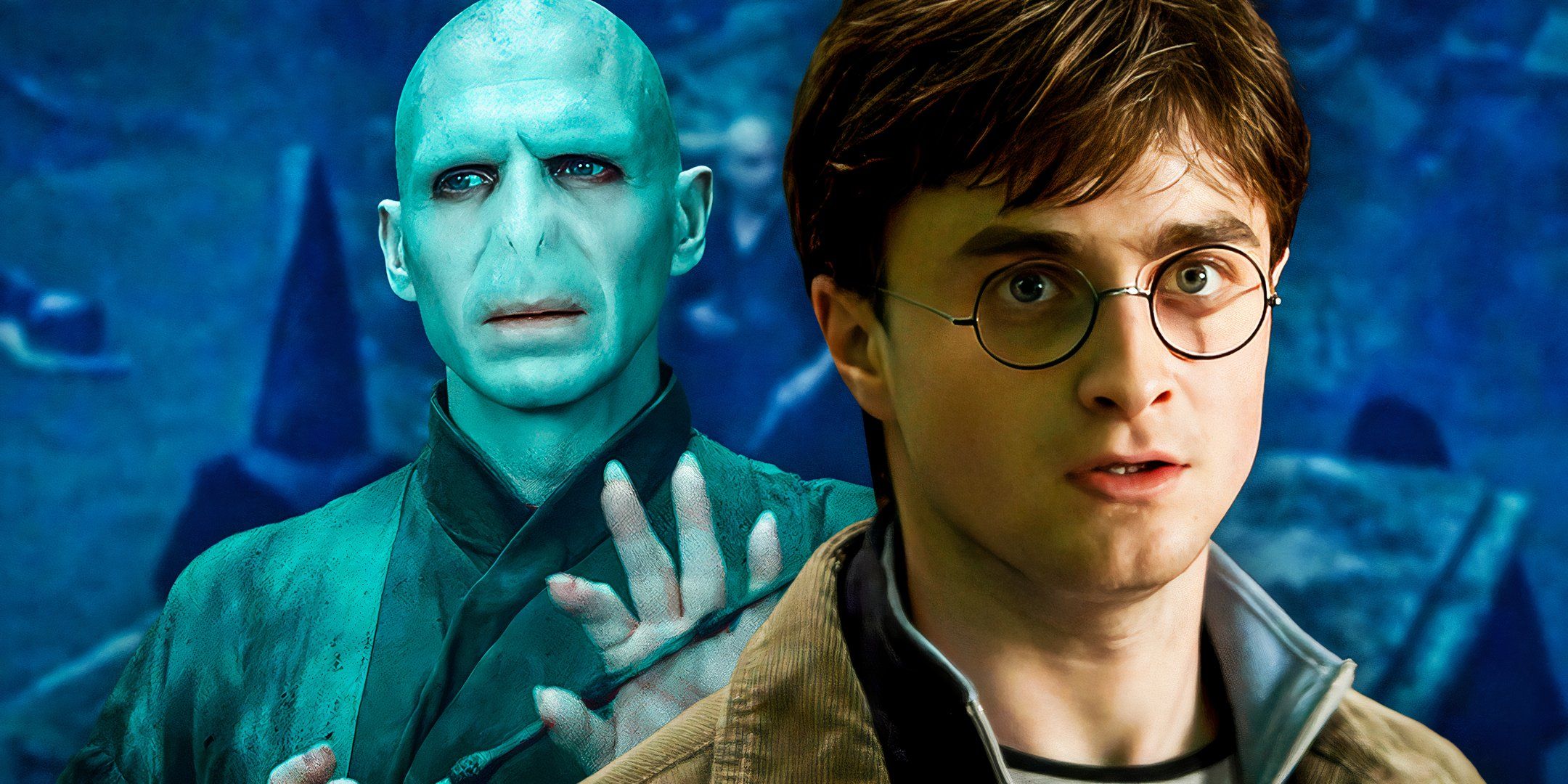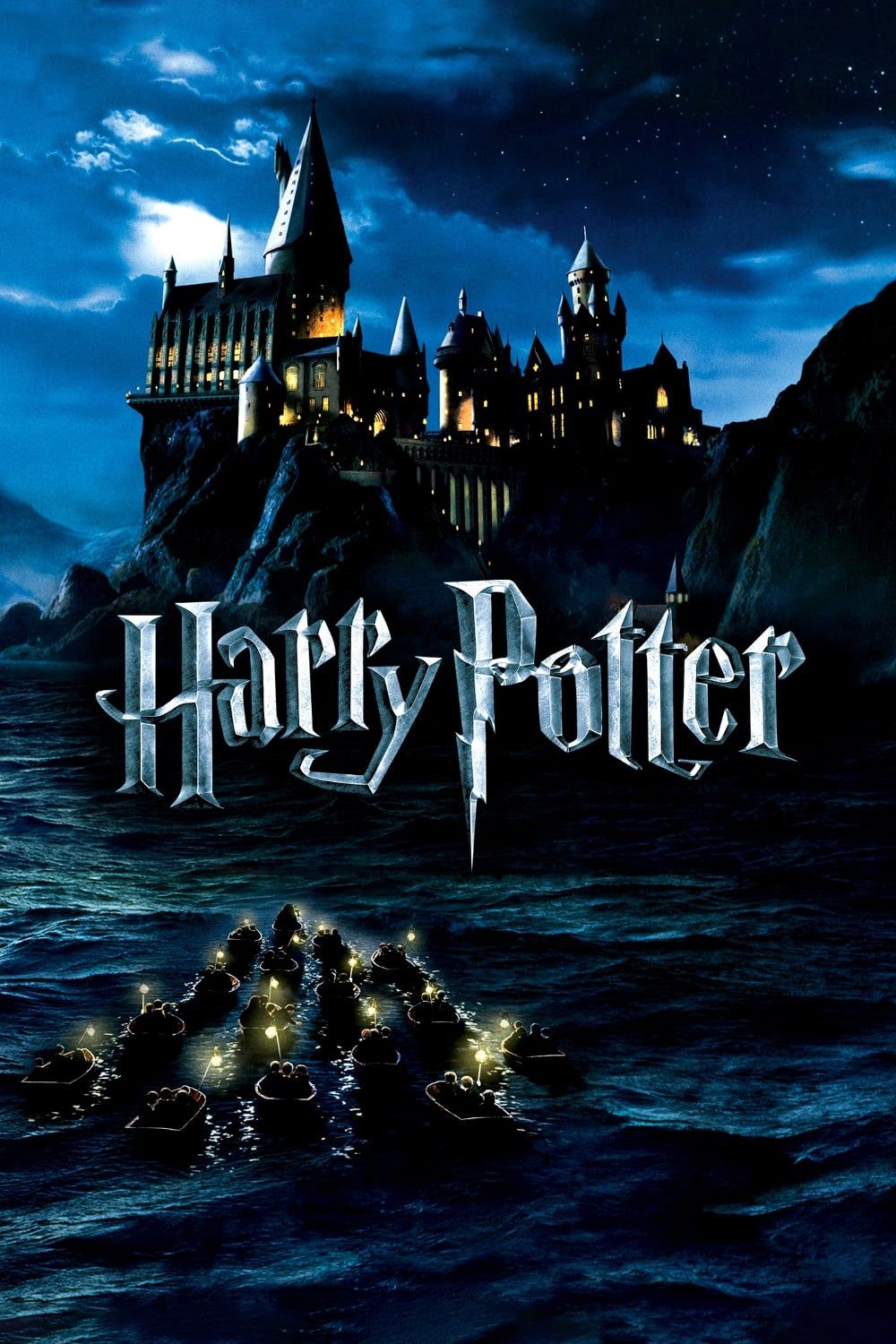Harry Potter’s Full Deathly Hallows Story Was Predicted By His Very First Hogwarts Adventure
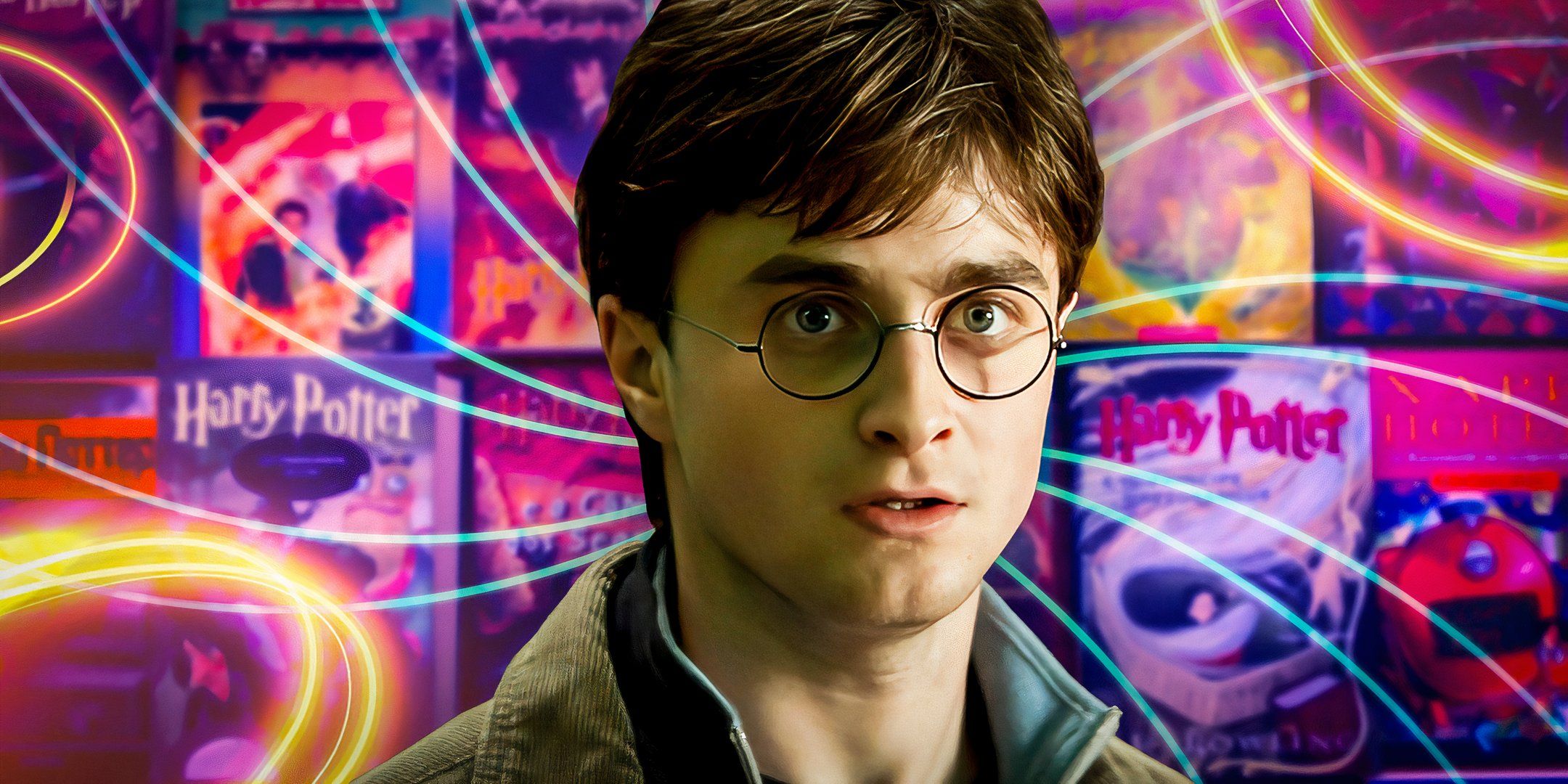
No one could have predicted Harry’s ending in Harry Potter and the Deathly Hallows—though, in hindsight, it was nearly identical to his very first adventure in Harry Potter and the Philosopher’s Stone. Of course, a lot changed for the titular character between these two books. Harry starts the story as an 11-year-old boy with no idea of his destiny and ends it as the several-times-over hero of the wizarding world. However, when taking a closer look at both versions of this character and his surrounding story, it becomes clear that Harry’s destiny was sealed from the very beginning.
Each book in the Harry Potter series follows a similar formula. Harry would head out for Hogwarts, be faced with a mystery, and come out the other end, having miraculously conquered Lord Voldemort (in one form or another). This means there is significant repetition throughout the story—even in Deathly Hallows, where Harry doesn’t return to Hogwarts until the end. Still, this repeated formula aside, some installments in Harry Potter are more closely aligned than others. A prime example of this is the first and last book, the latter of which repeats the first to a tee.
Harry’s Search For The Philosopher’s Stone Perfectly Reflects His Deathly Hallows Ending
Deathly Hallows Is Just A Repeat Of Harry’s Philosopher’s Stone Adventure
The very first adventure that Harry faced in the Harry Potter series was the search for the Philosopher’s Stone. The mystery began when Hagrid claimed a secret package from Gringott Bank at Dumbledore’s orders and ended when Harry confronted Lord Voldemort on the back of Professor Quirrell’s head in front of the Mirror of Erised. As far as the mysteries of Harry Potter go, this one was the simplest. It was a chance for the Boy Who Lived to dip his toes in. However, despite this simplicity, each step of Philosopher’s Stone set up Harry’s Deathly Hallows adventure.
The Obstacles Protecting The Philosopher’s Stone Foreshadow Voldemort’s Horcruxes
Seven Obstacles To Face Voldemort
In Harry Potter and the Philosopher’s Stone, Harry, Ron, and Hermione had to get through various obstacles to reach the Philosopher’s Stone. There were seven in total—Fluffy, Devil’s Snare, a Troll, the flying keys, the giant chess game, a Potions trial, and the Mirror or Erised. The Golden Trio worked together to get past most of these obstacles, and some, like the troll, had already been defeated before they got to it. Still, before Harry could claim the Philosopher’s Stone and save the day, he and his friends had to demonstrate their unique skills to overcome these protections.
The same is true in Harry Potter and the Deathly Hallows, where Harry, Ron, and Hermione had to disable seven Horcruxes before Harry could confront and destroy Lord Voldemort. The diary, locket, ring, cup, diadem, nagini, and Harry himself all served as protections for Voldemort’s central soul since he could not die so long as these items survived. Just as in Philosopher’s Stone, each member of the Golden Trio had a chance to defeat a Horcrux, while others required teamwork to destroy or had already been handled by someone else.
Dumbledore’s Mirror Of Erised Trick Is Identical To The Deathly Hallows Quest
Only Someone Who Selflessly Seeks The Hallows Could Find Them
The Mirror of Erised was one of the things protecting the Philosopher’s Stone, and the way it did so was designed by Dumbledore himself. The old man ensured that someone could only retrieve the stone if they didn’t want to use it for their own personal gain. Like all the other obstacles protecting the Philosopher’s Stone, this lines up seamlessly with one of Voldemort’s Hocruxes. Harry’s own sacrifice and selflessness allowed him to get past the Mirror of Erised, and these same qualities allowed him to sacrifice his life to destroy the fragment of Voldemort’s soul inside him—but that’s not all.
No one had ever managed this before because they had all been trying to unite the Hallows for their own personal gain.
Though Harry didn’t realize it when he walked into the Forbidden Forest in Harry Potter and the Deathly Hallows, he had become the rightful owner of each of the three Deathly Hallows. No one had ever managed this before because they had all been trying to unite the Hallows for their own personal gain. Harry had actively chosen to abandon the Deathly Hallows quest, focusing on destroying Voldemort instead. Just as Harry could only get the Philosopher’s Stone without trying to get it, he could only unite the Hallows by a series of selfless accidents.
Snape’s Twist Ending Is The Same In Philosopher’s Stone & Deathly Hallows
Snape’s Intentions Weren’t Evil After All
Severus Snape is also a key feature in comparing Harry’s Deathly Hallows adventure with Philosopher’s Stone. During Harry’s first year at Hogwarts, he, Ron, and Hermione became suspicious of Snape. All signs pointed to him being loyal to Voldemort, so they assumed wholeheartedly that it was he who was trying to reach the Philosopher’s Stone. Of course, it turned out that all the suspicious things Snape had been doing throughout the story had actually been signs of him protecting Harry.
Philosopher’s Stone
and
Deathly Hallows
aren’t the only two
Harry Potter
books that reflect one another.
Chamber of Secrets
aligns with
Half-Blood Prince
, while
Prisoner of Azkaban
parallels
Order of the Phoenix
.
This same exact twist was repeated in Harry Potter and the Deathly Hallows. The evidence that Snape was evil was even stronger than before since he had murdered Dumbledore right in front of Harry in Harry Potter and the Half-Blood Prince. However, Harry discovers at the end of the story that Snape had done this under Dumbledore’s orders and that everything the ex-Death Eater had done was an attempt to protect Harry since he loved Lily Evans. Since Harry had such a similar revelation in Philosopher’s Stone, he really should have seen it coming.
Harry Was Destined To Face Voldemort Alone In Both Philosopher’s Stone & Deathly Hallows
It’s A Choice Only Harry Could Make
Another intriguing similarity between Philosopher’s Stone and Deathly Hallows is Harry’s choice to face Lord Voldemort alone. During his first year at Hogwarts, Harry and his friends went to stop Snape from getting the stone together. However, when the time came for them (Harry and Hermione—Ron had already sacrificed himself in chess) to enter the final chamber and confront who they thought would be Snape, Harry chose to go on alone. He sent Hermione back to Ron with the appropriate Potion and proceeded forward himself.
Though this was a relatively simple choice in Philosopher’s Stone, it was more significant in Deathly Hallows. Dumbledore had already spent years impressing the importance of choice over duty. The headmaster needed Harry to understand that no prophecy could dictate what would happen to him. Harry would try to stop Voldemort himself, not because it was foretold but because it was the right thing to do. Dumbledore knew Harry would make this choice in the end because of what he had seen the boy do in Philosopher’s Stone—his friends had helped him reach the door, but Harry Potter went through alone.
World News || Latest News || U.S. News
Source link

